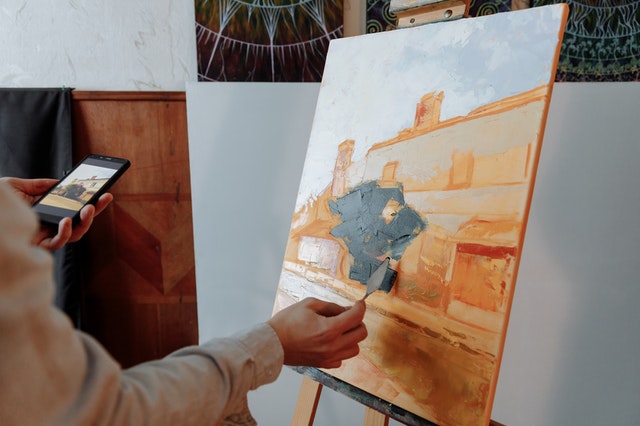Nowadays, faking oil paintings is one of the most widespread tendencies among art crooks. If you manage to create a believable reproduction of a famous work, you might well sell it for thousands or even millions of dollars. Whether you are a collector, an art adviser, or an art dealer, knowing how to detect art forgery is one of the basic skills you need to acquire. Here is a step-to-step guide on how to spot a liar and save your time and money when working with art.
A step-to-step guide on how to detect art forgery
1. Compare
The best way to tell the difference between a fake painting and an original one is to compare an artwork with other works by the artist. It is fairly difficult to create an identical reproduction, so you will most certainly feel the difference.
2. Look at materials
Some fakers don’t invest much time and money in creating a plausible copy. As a result, a 19th-century painting might look like a modern-day print, which does give rise to doubt.
3. Check the condition
The rule is pretty simple: old paintings should look old. Take a closer look at a painting frame and the back of a piece. Keep in mind that even restored artworks wear scars.
4. Smell it
Strange as it may sound, smelling a painting is almost always a foolproof way to spot art forgery. The thing is that the smell of fresh paints is pretty strong. The chances are high that you will distinguish that smell.
5. Hire art appraisers
If you still hesitate whether a painting is fake or not, you will need art authentication services. Professional art appraisers can run an authenticity check, after which you will either get a certificate or find out that a piece is a complete fake.
By following this guide, you can protect yourself and your clients from fraud. Remember that skepticism and awareness are the most powerful weapons against art forgery.

